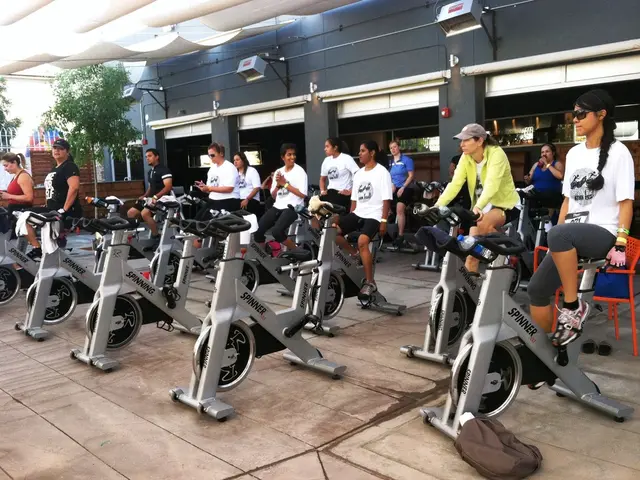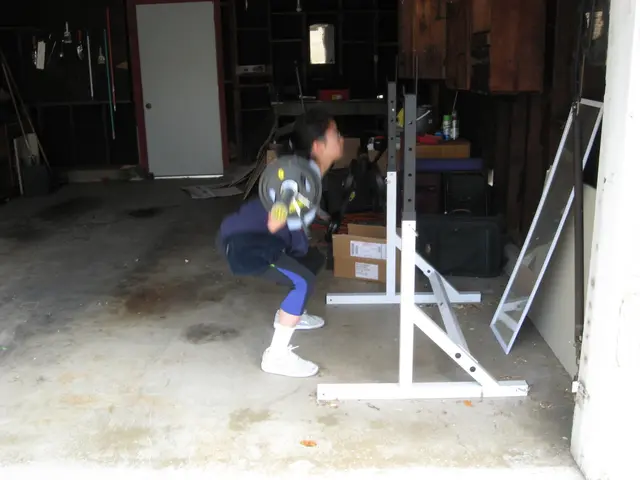Artificial Intelligence Forecasts Health Risks in Post-Disaster Scenarios
Artificial Intelligence Forecasts Potential Health Threats Post-Catastrophe
When catastrophic natural events transpire, they often leave more than physical devastation in their wake—they also foster public health risks. Artificial intelligence (AI) is proving instrumental in pinpointing these hidden perils, significantly altering how we approach post-disaster crisis management. By introducing technology capable of identifying potential outbreaks before they escalate, we are no longer limited to relying solely on reactive strategies.
Traditional post-disaster strategies frequently concentrate on immediate survival needs, such as rescuing victims, providing shelter, and distributing essentials like food and water. However, disease outbreaks that emerge in the aftermath can greatly impact the long-term well-being of communities. The crucial question thus remains: how can we prevent and predict such outbreaks ahead of time to save lives?
Natural disasters, including hurricanes, earthquakes, and flooding, provide an ideal environment for health challenges to thrive. Deteriorated infrastructure, contaminated water supplies, and disrupted medical services together create an optimal breeding ground for various diseases, particularly diarrheal-related illnesses. According to the World Health Organization (WHO), diarrheal diseases represent a major post-disaster health risk and are a significant cause of deaths in vulnerable populations after severe flooding[1].
AI-empowered models based on machine learning now wield the capability to analyze vast amounts of data from multiple variables, such as weather patterns, hydrological data, and population density, to forecast potential health crises in affected areas[2]. Researchers at the Barcelona Institute for Global Health demonstrated the prowess of AI to accurately predict diarrheal outbreaks following natural disasters.[2] These AI-driven systems incorporate data from an array of sources, including rainfall measurements, temperature changes, and sanitation reports, to identify trends indicative of conditions ripe for disease outbreaks.
Integrating AI into disaster preparedness plans extends beyond predicting health risks. It allows decision-makers to assess emerging threats effectively to minimize the delay between disaster occurrence and response action[3]. In addition, AI helps public health officials identify the most vulnerable populations by considering factors such as income levels, healthcare accessibility, and geographic proximity to disaster zones[3]. This, in turn, leads to more equitable and effective aid distributions.
These predictions have substantial real-world benefits. For instance, while natural disasters like heavy monsoon rains frequently induce cholera outbreaks in countries such as Bangladesh, AI-driven early warnings help health authorities launch public health campaigns and preemptively establish medical camps to combat these preventable diseases[3]. By curbing the spread of such illnesses, AI makes a substantial contribution to lowering the overall cost of emergency healthcare and strengthening community resilience[3].
Despite the impressive potential of AI in disaster response, its development still faces hurdles. A significant challenge is the availability and quality of data, as many low-income countries and disaster-prone regions may lack the necessary infrastructure to collect, store, or share high-resolution data needed for AI systems to function optimally[1][2]. Another crucial consideration is the ethical use of data, as AI predictions rely on sensitive information such as personal health records and location tracking[1]. A delicate balance must be struck between data utility and privacy to build public trust and ensure that predictive systems serve their intended humanitarian purposes.
The integration of AI into disaster response also fosters unprecedented collaboration among differing sectors. Tech giants like Google and IBM, along with academic institutions, are actively working to improve predictive algorithms and create open-access models, while disaster response teams leverage data-driven strategies to drive faster communication and decision-making[1]. Shared AI platforms enable local health authorities to coordinate with international aid organizations, ensuring that resources are directed where they are most needed.
As AI advances, it presents an unparalleled opportunity to bridge the gap between technological innovation and humanitarian goals. With its ability to transform crisis management by predicting and preventing health outbreaks, AI increasingly offers a glimmer of hope in a world confronting the consequences of climate change and extreme weather events.
[1] World Health Organization (2017). Health and Environment. https://www.who.int/news-room/fact-sheets/detail/health-and-environment[2] Barbier, N., Sitas, A., & Muelly, P. (2018). AI for Good: Artificial intelligence and life in 2030. ITU. https://www.itu.int/dms_pub/itu-d/opb/pol/S-POL-AI-RES-2018-PDF-E.pdf[3] De Capitani di Vimercati, S., Shmueli, L., & Shmueli, N. (2018). Machine Learning Algorithms to Predict Cholera Outbreaks Faster and More Accurately. The Lancet. https://www.thelancet.com/journals/lancet/article/PIIS0140-6736(17)34048-4/fulltext
Machine learning, incorporated into AI-driven systems, assists in analyzing diverse data sets, such as weather patterns and sanitation reports, to forecast potential health crises in disaster-stricken areas. Moreover, artificial intelligence and drone technology can collaborate as AI models are developed to predict disease outbreaks, while drones may deliver vital medical supplies to affected communities more swiftly.
Moving forward, collaborative initiatives that unite tech companies, academia, and disaster response teams strive to create open-access AI models for disaster preparedness. These shared platforms empower local health authorities to coordinate resources more effectively, ultimately saving lives and enhancing community resilience in the face of global environmental challenges.






